 W
WAli Alavi FRS is a professor of theoretical chemistry in the Department of Chemistry at the University of Cambridge and a Director of the Max Planck Institute for Solid State Research in Stuttgart.
 W
WRichard F. W. Bader was a Canadian quantum chemist, noted for his work on the Atoms in molecules theory. This theory attempts to establish a physical basis for many of the working concepts of chemistry, such as atoms in molecules and bonding, in terms of the topology of the electron density function in three-dimensional space.
 W
WEmily Ann Carter is the Executive Vice Chancellor and Provost at UCLA and a distinguished professor of chemical and biomolecular engineering. She served from 2016 to 2019 as Princeton's dean of engineering and applied science, before returning to UCLA as EVCP in September 2019. Carter developed her academic career at UCLA from 1988 to 2004, where she helped launch two institutes: the Institute for Pure and Applied Mathematics and the California NanoSystems Institute. Carter is a theorist and computational scientist whose work combines quantum mechanics, solid-state physics, and applied mathematics.
 W
WSir David Charles Clary, FRS is a British theoretical chemist. He was president of Magdalen College, Oxford, from 2005 to 2020. He is a Professor of Chemistry at the University of Oxford.
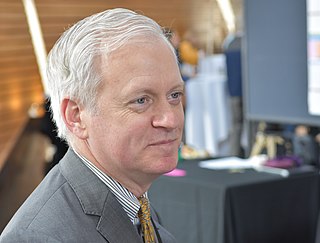 W
WChristopher J. Cramer is a research chemist and, since 2018, Vice President for Research at the University of Minnesota.
 W
WBeryl May Dent was a British mathematical physicist, technical librarian, and a programmer of early analogue and digital computers to solve electrical engineering problems. She was born in Chippenham, Wiltshire, the eldest daughter of a schoolteacher. The family left Chippenham in 1901, after her father became head teacher of the then recently established Warminster County School. She graduated from the University of Bristol in 1923 with First Class Honours in applied mathematics. She was awarded the Ashworth Hallett scholarship by the University of Bristol and was accepted as a postgraduate student at Newnham College, Cambridge.
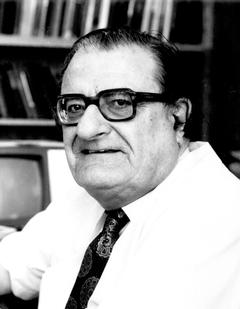 W
WMichael James Steuart Dewar was an American theoretical chemist.
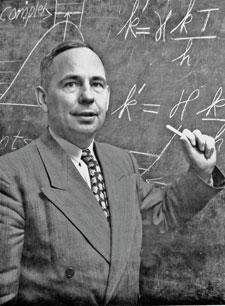 W
WHenry Eyring was a Mexico-born United States theoretical chemist whose primary contribution was in the study of chemical reaction rates and intermediates.
 W
WAriel Fernandez is an Argentinian–American physical chemist and pharmaceutical researcher.
 W
WCharlotte Froese Fischer is a Canadian-American applied mathematician and computer scientist noted for the development and implementation of the Multi-Configurational Hartree–Fock (MCHF) approach to atomic-structure calculations and its application to the description of atomic structure and spectra.
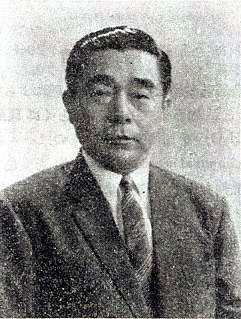 W
WKenichi Fukui was a Japanese chemist, known as the first Asian person to be awarded the Nobel Prize in Chemistry.
 W
WLeticia González Herrero is a theoretical chemist, known for her work on molecular excited states, especially ultrafast dynamics of DNA nucleobases and highly accurate simulations of transition metal complexes.
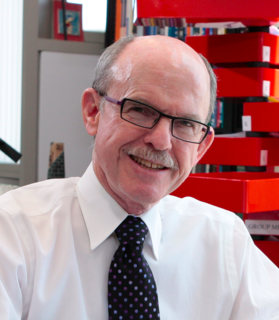 W
WKendall Newcomb Houk is the Saul Winstein Chair in Organic Chemistry at the University of California, Los Angeles. His research group studies organic, organometallic, and biological reactions using the tools of computational chemistry. This work involves quantum mechanical calculations, often with density functional theory, and molecular dynamics, either quantum dynamics for small systems or force fields such as AMBER, for solution and protein simulations.
 W
WErich Armand Arthur Joseph Hückel was a German physicist and physical chemist. He is known for two major contributions:The Debye–Hückel theory of electrolytic solutions The Hückel method of approximate molecular orbital (MO) calculations on π electron systems.
 W
WJoshua Jortner is an Israeli physical chemist. He is a Professor Emeritus at the School of Chemistry, The Sackler Faculty of Exact Sciences, Tel Aviv University in Tel Aviv, Israel.
 W
WMartin Karplus is an American theoretical chemist. He is the Director of the Biophysical Chemistry Laboratory, a joint laboratory between the French National Center for Scientific Research and the University of Strasbourg, France. He is also the Theodore William Richards Professor of Chemistry, emeritus at Harvard University. Karplus received the 2013 Nobel Prize in Chemistry, together with Michael Levitt and Arieh Warshel, for "the development of multiscale models for complex chemical systems".
 W
WAbdul Qadeer Khan (; Urdu: عبد القدیر خان; born 1 April 1936) NI, HI, FPAS, DEng, known as A. Q. Khan, is a Pakistani nuclear physicist and metallurgist who is colloquially known as the "father of uranium enrichment project" for his nation's clandestine atomic bomb program.
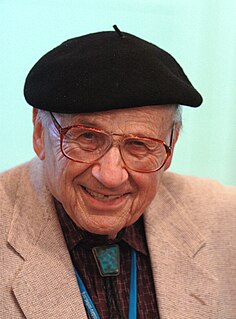 W
WWalter Kohn was an Austrian-American theoretical physicist and theoretical chemist. He was awarded, with John Pople, the Nobel Prize in Chemistry in 1998. The award recognized their contributions to the understandings of the electronic properties of materials. In particular, Kohn played the leading role in the development of density functional theory, which made it possible to calculate quantum mechanical electronic structure by equations involving the electronic density. This computational simplification led to more accurate calculations on complex systems as well as many new insights, and it has become an essential tool for materials science, condensed-phase physics, and the chemical physics of atoms and molecules.
 W
WWłodzimierz Kołos was a Polish chemist and physicist who was one of the founders of modern quantum chemistry, and pioneered accurate calculations on the electronic structure of molecules.
 W
WAnna Krylov is the Gabilan Distinguished Professor in Science and Engineering and a Professor of Chemistry at the University of Southern California (USC) working in the area of theoretical and computational quantum chemistry. She created the spin-flip method, the president of Q-Chem, Inc., and an elected member of the International Academy of Quantum Molecular Science.
 W
WSir John Edward Lennard-Jones was a British mathematician and professor of theoretical physics at the University of Bristol, and then of theoretical science at the University of Cambridge. He may be regarded as the initiator of modern computational chemistry.
 W
WRudolph Arthur Marcus is a Canadian-born chemist who received the 1992 Nobel Prize in Chemistry "for his contributions to the theory of electron transfer reactions in chemical systems". Marcus theory, named after him, provides a thermodynamic and kinetic framework for describing one electron outer-sphere electron transfer. He is a professor at Caltech, Nanyang Technological University, Singapore and a member of the International Academy of Quantum Molecular Science.
 W
WAbraham Nitzan is a professor of Chemistry at the Tel Aviv University department of Chemical Physics and the University of Pennsylvania department of Chemistry.
 W
WAnthony ("Tony") Frederick Orchard was a pioneer of inorganic chemistry. His research contributed to laying the foundations of much modern consumer electronic technology.
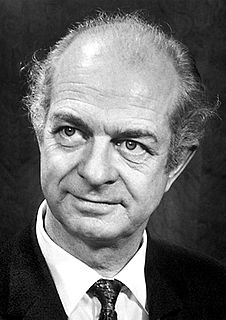 W
WLinus Carl Pauling was an American chemist, biochemist, chemical engineer, peace activist, author, and educator. He published more than 1,200 papers and books, of which about 850 dealt with scientific topics. New Scientist called him one of the 20 greatest scientists of all time, and as of 2000, he was rated the 16th most important scientist in history. For his scientific work, Pauling was awarded the Nobel Prize in Chemistry in 1954. For his peace activism, he was awarded the Nobel Peace Prize in 1962. He is one of four individuals to have won more than one Nobel Prize. Of these, he is the only person to have been awarded two unshared Nobel Prizes, and one of two people to be awarded Nobel Prizes in different fields, the other being Marie Curie. He was married to the American human rights activist Ava Helen Pauling.
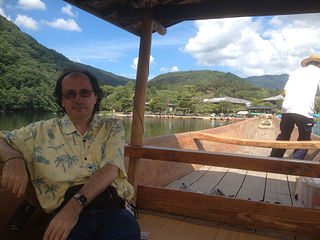 W
WPiotr Piecuch is a Polish-born American physical chemist. He holds the title of University Distinguished Professor in the Department of Chemistry at Michigan State University, East Lansing, Michigan, United States. He supervises a group, whose research focuses on theoretical and computational chemistry as well as theoretical and computational physics, particularly on the development and applications of many-body methods for accurate quantum calculations for molecular systems and atomic nuclei, including methods based on coupled cluster theory, mathematical methods of chemistry and physics, and theory of intermolecular forces. His group is also responsible for the development of the coupled-cluster computer codes incorporated in the widely used GAMESS (US) package.
 W
WKenneth Sanborn Pitzer was an American physical and theoretical chemist, educator, and university president. He was described as "one of the most influential physical chemists of his era" whose work "spanned almost all of the important fields of physical chemistry: thermodynamics, statistical mechanics, molecular structure, quantum mechanics, spectroscopy, chemical bonding, relativistic chemical effects, properties of concentrated aqueous salt solutions, kinetics, and conformational analysis."
 W
WRussell Mosher Pitzer is an American theoretical chemist and educator.
 W
WSir John Anthony Pople was a British theoretical chemist who was awarded the Nobel Prize in Chemistry with Walter Kohn in 1998 for his development of computational methods in quantum chemistry.
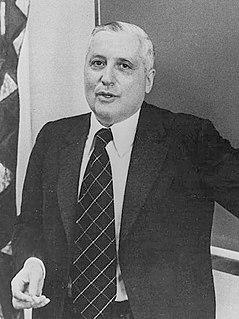 W
WViscount Ilya Romanovich Prigogine was a physical chemist and Nobel laureate noted for his work on dissipative structures, complex systems, and irreversibility.
 W
WMuhammad Imran Qadir, also known as M. I. Qadir, is a Pakistani pharmaceutical scientist.
 W
W(William) Graham Richards is a chemist and Emeritus Fellow of Brasenose College, Oxford. He served as head of the department of chemistry at the University of Oxford from 1997 to 2006.
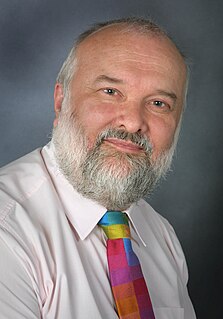 W
WHenry Stephen Rzepa is a chemist and Emeritus Professor of Computational chemistry at Imperial College London.
 W
WCamille Sandorfy, was a Hungarian - Canadian quantum chemist.
 W
WHenry Frederick "Fritz" Schaefer III is a computational and theoretical chemist. He is one of the most highly cited chemists in the world, with a Thomson Reuters H-Index of 121 as of 2020. He is the Graham Perdue Professor of Chemistry and Director of the Center for Computational Chemistry at the University of Georgia.
 W
WNevil Vincent Sidgwick FRS was an English theoretical chemist who made significant contributions to the theory of valency and chemical bonding.
 W
WJames L. Skinner is an American theoretical chemist. He is the Joseph O. and Elizabeth S. Hirschfelder Professor Emeritus at the University Wisconsin-Madison. He is also a member of the Scientific Advisory Board of the Welch Foundation. Most recently, Skinner was the Crown Family Professor of Molecular Engineering, Professor of Chemistry, Director of the Water Research Initiative and Deputy Dean for Faculty Affairs of the Pritzker School of Molecular Engineering at the University of Chicago. Skinner is recognized for his contributions to the fields of theoretical chemistry, nonequilibrium statistical mechanics, linear and nonlinear spectroscopy of liquids, amorphous and crystalline solids, surfaces, proteins, and supercritical fluids. Skinner is the co-author of over 230 peer-reviewed research articles.
 W
WJohn Clarke Slater was a noted American physicist who made major contributions to the theory of the electronic structure of atoms, molecules and solids. He also made major contributions to microwave electronics. He received a B.S. in Physics from the University of Rochester in 1920 and a Ph.D. in Physics from Harvard in 1923, then did post-doctoral work at the universities of Cambridge (briefly) and Copenhagen. On his return to the U.S. he joined the Physics Department at Harvard.
 W
WDavid Joshua Tannor is a theoretical chemist, who is the Hermann Mayer Professorial Chair in the Department of Chemical Physics at the Weizmann Institute of Science.
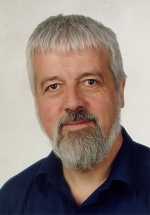 W
WWalter Thiel was a German theoretical chemist. He was the president of the World Association of Theoretical and Computational Chemists (WATOC) from 2011.
 W
WDonald Gene Truhlar is an American scientist working in theoretical and computational chemistry and chemical physics with special emphases on quantum mechanics and chemical dynamics.
 W
WJacobus Henricus "Henry" van 't Hoff Jr. was a Dutch physical chemist. A highly influential theoretical chemist of his time, Van 't Hoff was the first winner of the Nobel Prize in Chemistry. His pioneering work helped found the modern theory of chemical affinity, chemical equilibrium, chemical kinetics, and chemical thermodynamics. In his 1874 pamphlet Van 't Hoff formulated the theory of the tetrahedral carbon atom and laid the foundations of stereochemistry. In 1875, he predicted the correct structures of allenes and cumulenes as well as their axial chirality. He is also widely considered one of the founders of physical chemistry as the discipline is known today.
 W
WGregory A. Voth is a theoretical chemist and Haig P. Papazian Distinguished Service Professor of Chemistry at the University of Chicago. He is also a Professor of the James Franck Institute and the Institute for Biophysical Dynamics.
 W
WArieh Warshel is an Israeli-American biochemist and biophysicist. He is a pioneer in computational studies on functional properties of biological molecules, Distinguished Professor of Chemistry and Biochemistry, and holds the Dana and David Dornsife Chair in Chemistry at the University of Southern California. He received the 2013 Nobel Prize in Chemistry, together with Michael Levitt and Martin Karplus for "the development of multiscale models for complex chemical systems".